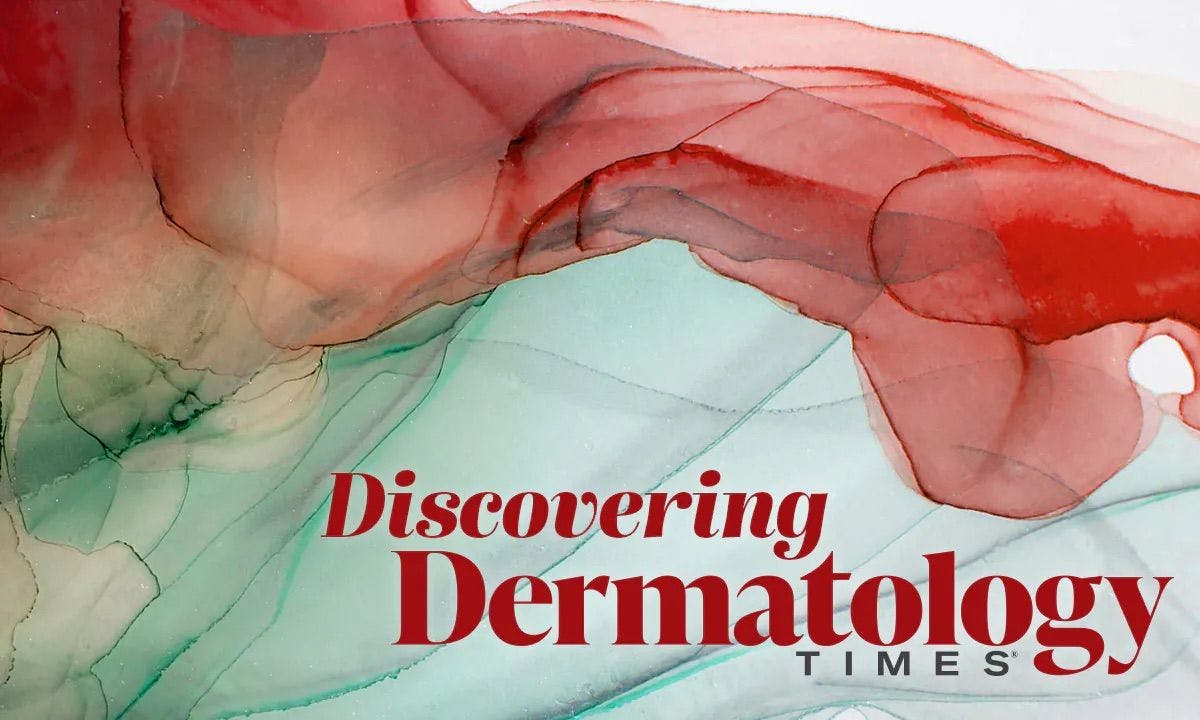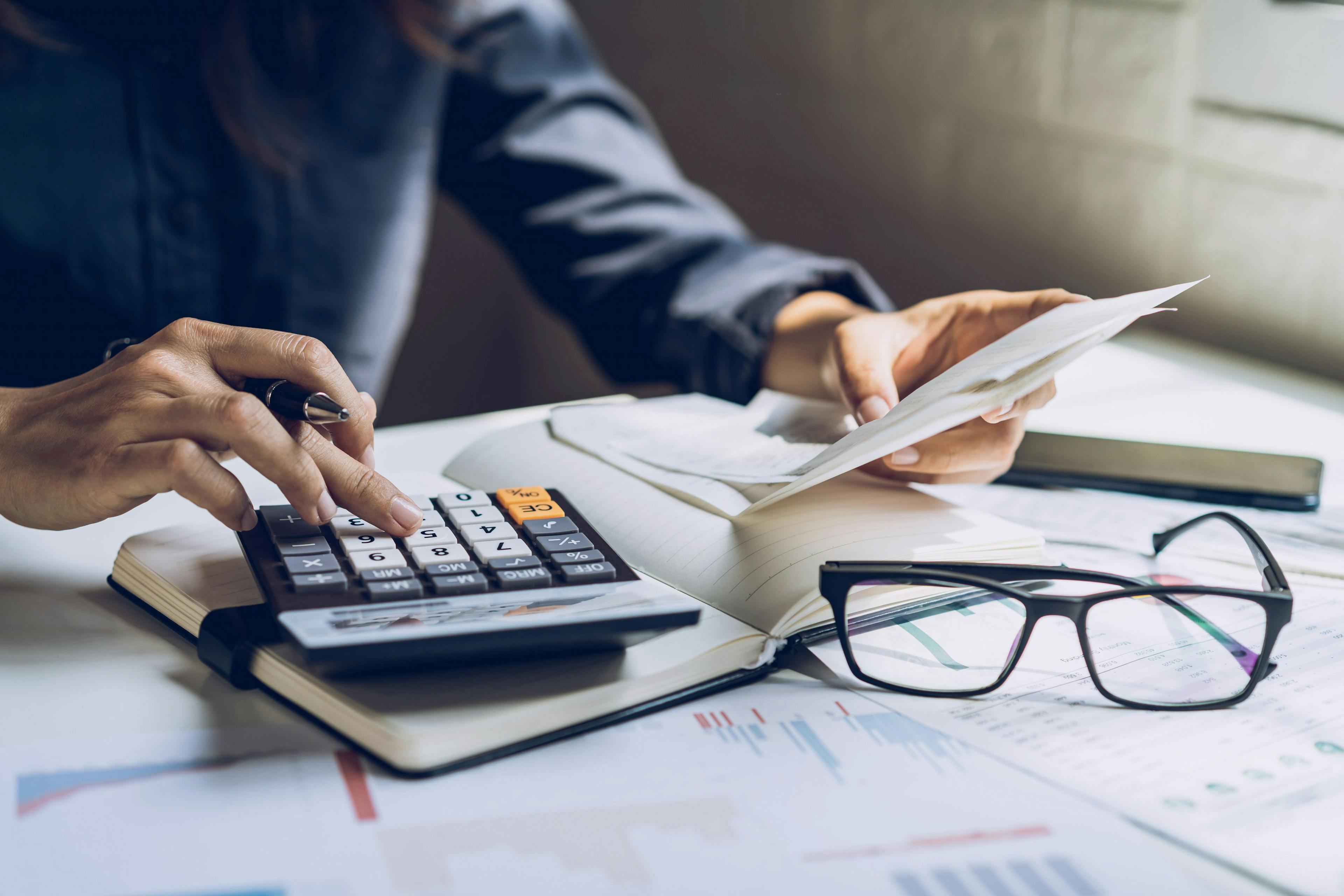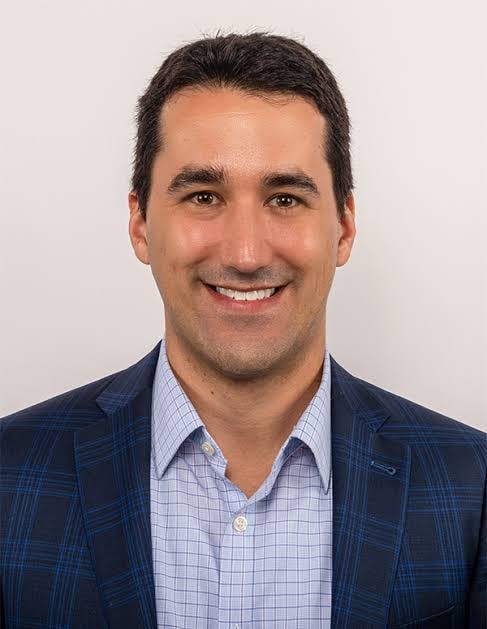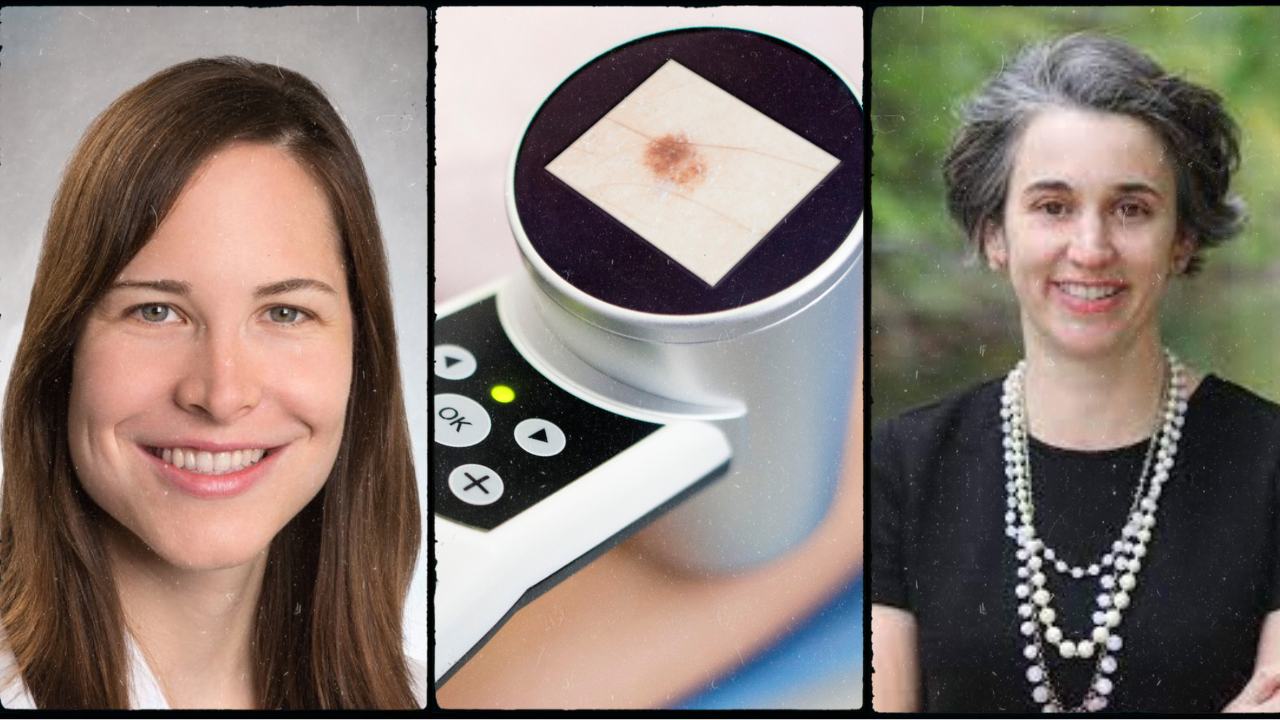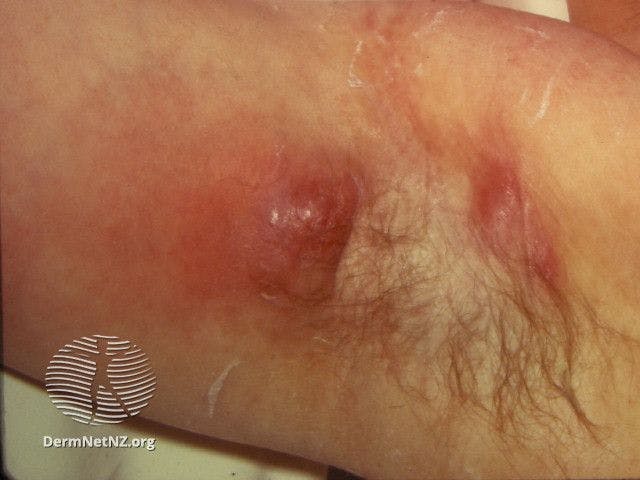- Acne
- Actinic Keratosis
- Aesthetics
- Alopecia
- Atopic Dermatitis
- Buy-and-Bill
- COVID-19
- Case-Based Roundtable
- Chronic Hand Eczema
- Chronic Spontaneous Urticaria
- Drug Watch
- Eczema
- General Dermatology
- Hidradenitis Suppurativa
- Melasma
- NP and PA
- Pediatric Dermatology
- Pigmentary Disorders
- Practice Management
- Precision Medicine and Biologics
- Prurigo Nodularis
- Psoriasis
- Psoriatic Arthritis
- Rare Disease
- Rosacea
- Skin Cancer
- Vitiligo
- Wound Care
News
Article
Dermatology Times
Environmental Factors Affecting Pigmentation And The Skin Exposome
Author(s):
Arianne Shadi Kourosh, MD, MPH, FAAD, shared pearls on environmental factors that can impact skin aging and pigmentation including visible light, IR radiation, location, and pollution.
Arianne Shadi Kourosh, MD, MPH, FAAD

From high school chemistry teacher to dermatologist, Arianne Shadi Kourosh, MD, MPH, FAAD, professor at Harvard Medical School, understands the science behind environmental factors that impact the skin and chemical compounds in products to serve patients. She discussed the impact of visible light, infrared (IR) radiation, location, and pollution on the skin during the session “Fifty Shades of Brown: Science, Symptoms, and Strategies for Acquired Pigmentary Disorders” at the 2024 American Academy of Dermatology Annual Meeting in San Diego, California.1
Visible Light
Visible light, characterized by wavelengths ranging from 400 to 740 nm and comprising 50% of the total solar radiation, deeply penetrates the skin, with approximately 20% reaching the subcutis. Despite being long ago waves, visible light can induce significant biological effects. It can cause DNA oxidation and generate reactive oxygen species (ROS), contributing to the production of matrix-degrading enzymes such as MMP-1 and MMP-9. This enzymatic activity results in the degradation of collagen and elastin fibers and a reduction in collagen production, ultimately affecting skin structure and elasticity. Additionally, visible light exposure induces marked pigmentation, with pigmentary changes often observed in individuals with darker skin types (type III and higher). These pigmentation alterations can persist longer than those induced by ultraviolet (UV) radiation, highlighting the importance of protecting the skin from visible light to maintain its health and appearance.2-3
Infrared Radiation
IR, spanning wavelengths from 740 to 10,000 nm and constituting 45% of the total solar radiation, penetrates the skin deeply, with 65% reaching the dermis and 10% reaching the hypodermis. Chronic exposure to IR, even at levels lower than those causing thermal burns, can gradually damage the skin. This type of radiation induces the production of matrix-degrading enzymes like MMP-1 and MMP-9, leading to a reduction in collagen production and degradation of collagen and elastin fibers. Additionally, IR has been associated with the vascular component of melasma, a condition characterized by skin discoloration. It appears to trigger melanogenesis, the process of melanin production, through the activation of endothelin receptor B and other mediators, potentially exacerbating pigmentation-related issues. Therefore, protecting the skin from prolonged exposure to IR is crucial for maintaining its health and appearance.4-5
Location
"So those of you who may be practicing near the equator, you know, we have a lot of stuff that the intensity of the exposure of the patients are dealing with. It makes our jobs much harder when it comes to latitude," Kourosh said.
Location factors play a significant role in pigmentation and aging, with latitude being a crucial determinant. For instance, even cities less than 10° apart can exhibit stark differences in skin aging and pigmentation. Research indicates an 8-year disparity in wrinkling and a staggering 16-year gap in facial hyperpigmentation between such closely situated cities. Moreover, there is a noted protective effect associated with residing in northern locations or being further away from the equator, suggesting that geographical positioning influences the severity of skin damage. Altitude also emerges as a relevant factor, with UV levels escalating by 10% to 12% for every 1000 meters increase in altitude, or 4% for every 1000 feet. This underscores the heightened risk of sun-induced skin damage at higher elevations. Furthermore, the reflective properties of various surfaces, such as snow, dry beach sand, and sea foam, further compound the impact of UV radiation exposure, with snow reflecting up to 80% of UV radiation, dry beach sand about 15%, and sea foam approximately 25%. These findings underscore the multifaceted nature of environmental influences on skin health and highlight the importance of protective measures against sun damage in diverse geographical settings.6
Pollution
Pollution, particularly air pollution, has various pollutants exerting effects on skin health. Primary pollutants, such as particulate matter and gases like ozone, carbon dioxide, carbon monoxide, sulfur dioxide, and nitrogen dioxide, alongside volatile organic compounds, pose direct threats. Additionally, secondary pollutants resulting from photochemical reactions, such as ozone and peroxyacetyl nitrates, contribute to the formation of smog, further exacerbating the impact on skin. Studies have revealed compelling associations between increased exposure to pollutants like nitrogen dioxide and the development of pigment spots, with findings indicating up to a 24-25% increase in pigment spots on the cheeks among affected populations. Moreover, ground-level ozone has been implicated in wrinkle formation and the depletion of antioxidants from the skin's outermost layer, leading to increased lipid peroxidation and protein oxidation. Furthermore, particulate matter, including soot, has been shown to penetrate human skin, resulting in a 52% rise in lentigines on the cheeks following heightened exposure. The adverse effects of traffic-related air pollution, encompassing nitrogen dioxide, ozone, and particulate matter, extend beyond pigment spot formation to include wrinkle formation, affecting both Caucasian and East Asian populations.7-8
Kourosh's insights shed light on the intricate interplay between environmental factors, pigmentation, and the skin exposome. As clinicians navigate the complexities of modern living, understanding and addressing these influences on skin aging and pigmentation becomes increasingly crucial. Kourosh encouraged session attendees to consider the 4 pillars of hyperpigmentation therapy: protecting against photodamage, inhibiting melanin production, inhibiting melanosome transfer from the melanocyte to keratinocytes, and removal of excess or uneven melanin deposition from the epidermis.1
References
- Kourosh A, Tsao S. Fifty shades of brown: science, symptoms, and strategies for acquired pigmentary disorders. Presented at: 2024 American Academy of Dermatology Annual Meeting; March 8-12; San Diego, CA.
- Liebel F, Kaur S, Ruvolo E, Kollias N, Southall MD. Irradiation of skin with visible light induces reactive oxygen species and matrix-degrading enzymes. J Invest Dermatol. 2012 Jul;132(7):1901-7. doi: 10.1038/jid.2011.476. Epub 2012 Feb 9. PMID: 22318388.
- Mahmoud BH, Ruvolo E, Hexsel CL, Liu Y, Owen MR, Kollias N, Lim HW, Hamzavi IH. Impact of long-wavelength UVA and visible light on melanocompetent skin. J Invest Dermatol. 2010 Aug;130(8):2092-7. doi: 10.1038/jid.2010.95. Epub 2010 Apr 22. PMID: 20410914.
- Dupont E, Gomez J, Bilodeau D. Beyond UV radiation: a skin under challenge. Int J Cosmet Sci. 2013 Jun;35(3):224-32. doi: 10.1111/ics.12036. Epub 2013 Feb 14. PMID: 23406155.
- Regazzetti C, De Donatis GM, Ghorbel HH, Cardot-Leccia N, Ambrosetti D, Bahadoran P, Chignon-Sicard B, Lacour JP, Ballotti R, Mahns A, Passeron T. endothelial cells promote pigmentation through endothelin receptor B activation. J Invest Dermatol. 2015 Dec;135(12):3096-3104. doi: 10.1038/jid.2015.332. Epub 2015 Aug 26. PMID: 26308584.
- Hillebrand GG, Miyamoto K, Schnell B, Ichihashi M, Shinkura R, Akiba S. Quantitative evaluation of skin condition in an epidemiological survey of females living in northern versus southern Japan. J Dermatol Sci. 2001 Aug;27 Suppl 1:S42-52. doi: 10.1016/s0923-1811(01)00118-9. PMID: 11514124.
- Vierkötter A, Schikowski T, Ranft U, Sugiri D, Matsui M, Krämer U, Krutmann J. Airborne particle exposure and extrinsic skin aging. J Invest Dermatol. 2010 Dec;130(12):2719-26. doi: 10.1038/jid.2010.204. Epub 2010 Jul 22. PMID: 20664556.
- Hüls A, Vierkötter A, Gao W, Krämer U, Yang Y, Ding A, Stolz S, Matsui M, Kan H, Wang S, Jin L, Krutmann J, Schikowski T. Traffic-Related Air Pollution Contributes to Development of Facial Lentigines: Further Epidemiological Evidence from Caucasians and Asians. J Invest Dermatol. 2016 May;136(5):1053-1056. doi: 10.1016/j.jid.2015.12.045. Epub 2016 Feb 8. PMID: 26868871.
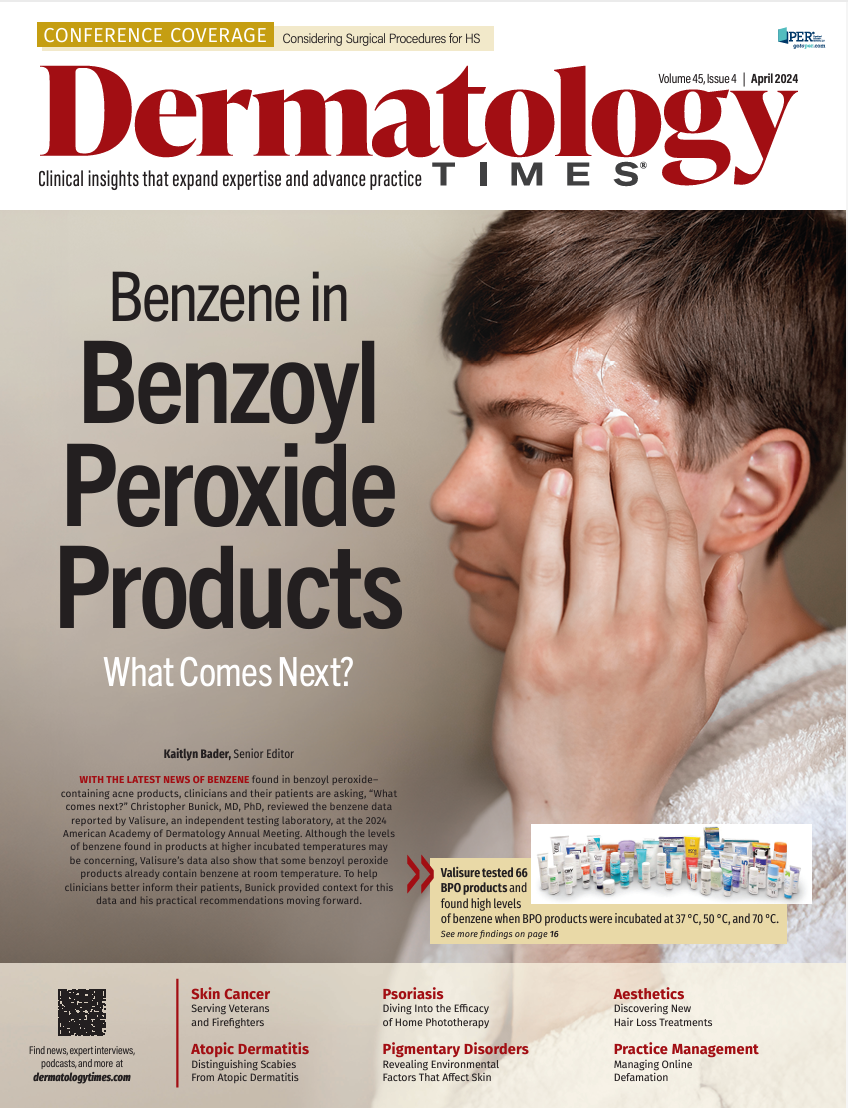
Newsletter
Like what you’re reading? Subscribe to Dermatology Times for weekly updates on therapies, innovations, and real-world practice tips.

